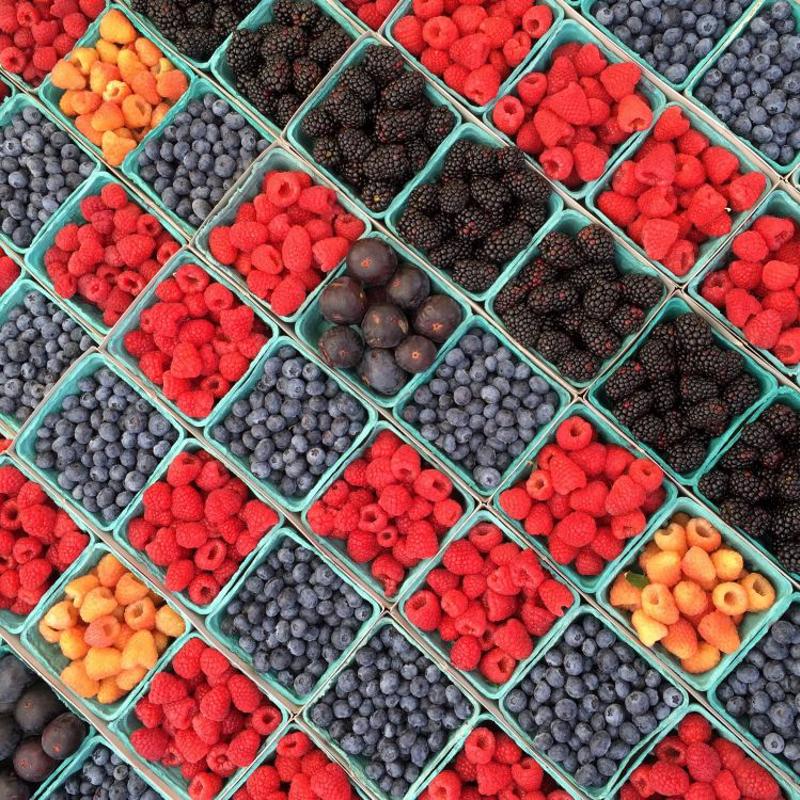Fruits and vegetables are key building blocks of a balanced diet and add plenty of flavor and nuance to a wide variety of dishes. Although some traditional views of these edible plants place them in a distant third place compared to protein and starches when it comes to meals, customer perceptions are quickly shifting.
Food Business News highlighted data from market research firm Packaged Facts, which found significant growth in fruit and vegetable consumption from 2011 through 2016. Fresh produce utilization grew by 1.3 percent during that five-year span, and Packaged Facts predicted similar increases through 2021, at least. What does that mean for student chefs earning a culinary arts certificate online? There are plenty of opportunities to introduce new dishes and tweak long-running standards to address this change in preference and put your cooking skills to work.
 Fruits and vegetables are increasingly popular among diners.
Fruits and vegetables are increasingly popular among diners.Why are people turning to more fruits and vegetables?
There’s no single reason why fruit and vegetable consumption is on the upswing, although there are plenty of contributing factors. For chefs, two important ones to consider are diets and desires for broader, more diverse flavor profiles. Traditional dishes still play a role – classics like spaghetti and meatballs and steak and potatoes are enduringly popular – but people in general are trending toward enjoying a broader selection of foods. Similarly, various diets, for general health and specifically weight loss, rely on fruits and vegetables to one degree or another.
The move away from plates that always contains a protein main, a starch and a vegetable – sometimes the smallest serving on the plate – means plenty of room for experimentation by chefs, from drinks and appetizers to desserts.
Strategies for increasing fruit- and vegetable-based offerings
There are plenty of ways to offer more fruits and vegetables on your menu. From a thematic standpoint, it’s important to remember that meals featuring produce don’t have to be extremely healthy at the expense of enhancing flavor. Use additional ingredients to create nuanced, enjoyable dishes. While it’s not a good idea to batter and deep fry every single vegetable that enters your walk-in, there’s room for everything from fried grape tomatoes, apple pie and eggplant parmigiana to fresh salads and house-squeezed juices on your menu.
One role vegetables can play is to substitute for meats, a choice long made by vegetarians and vegans. Along with classic recipes like eggplant parm and vegetable lasagna, there are more ambitious dishes like vegan chorizo. One recipe, offered by Serious Eats, uses tofu as a base to replace the sausage meat but goes in depth with many other flavors, from sweet and spicy chilies to raisins, garlic, cumin and miso paste. The recipe is ingredient heavy but can be prepared in a relatively short amount of time and offers a delicious, versatile final product, just like traditional chorizo.
Another place to look for inspiration is cuisines that are traditionally light on meats as featured proteins. The BBC offered a number of Indian and Indian-British vegetarian curry recipes on its Good Food website, with flavors ranging from satay sweet potato to tomato and chickpea. There’s plenty of inspiration to derive from this list of 37 dishes, whether you choose to follow the original or customize it.
For fruits, you can look to incorporate their sweet nature in marinades, sauces and similar condiments as well as boost the number of fruit-based desserts and drinks your restaurant offers. Consider Bon Appetit’s framework for building a fruit crisp and Martha Stewart’s many non-alcoholic fruit drink recipes.

